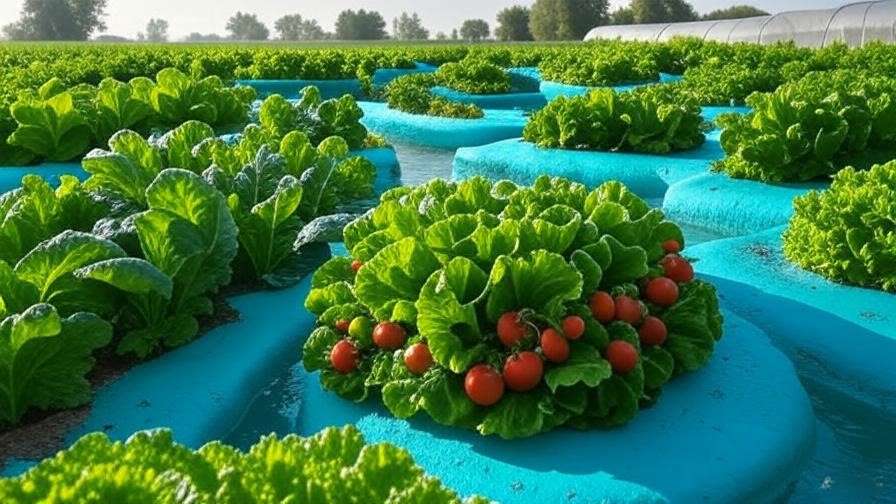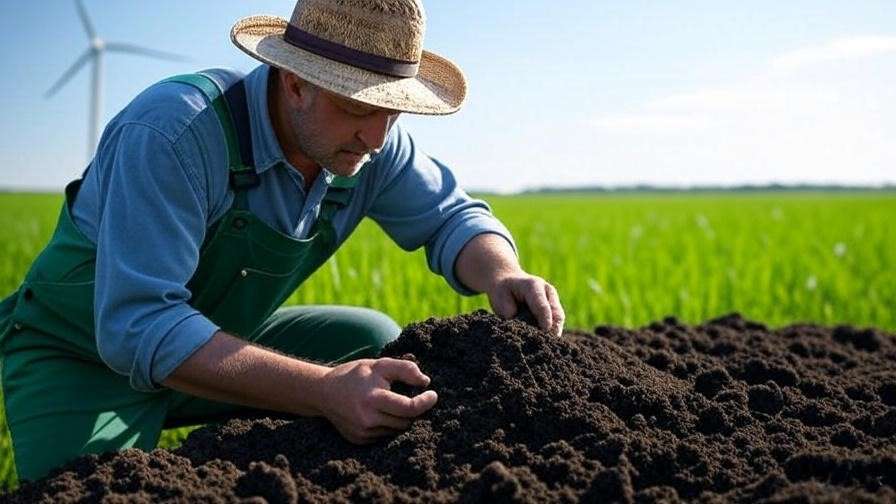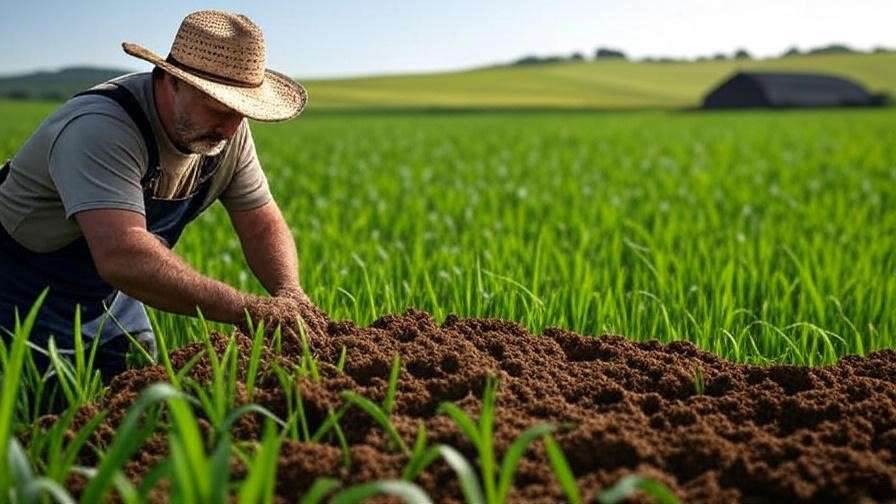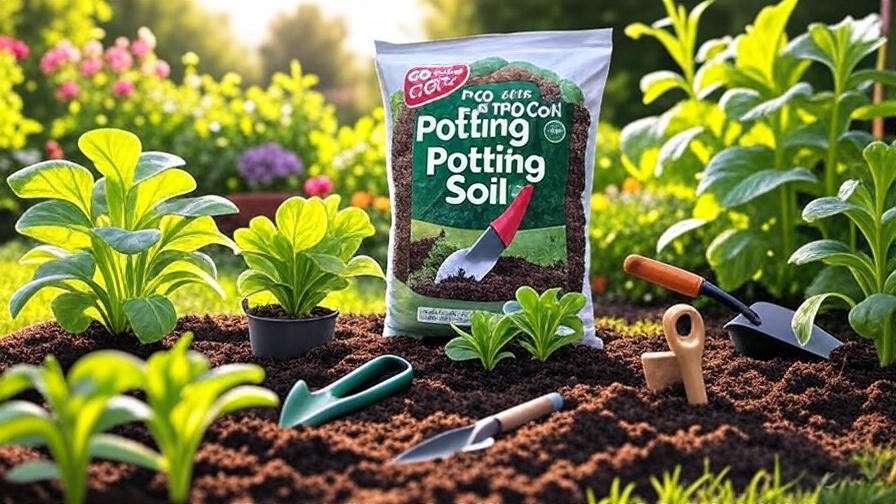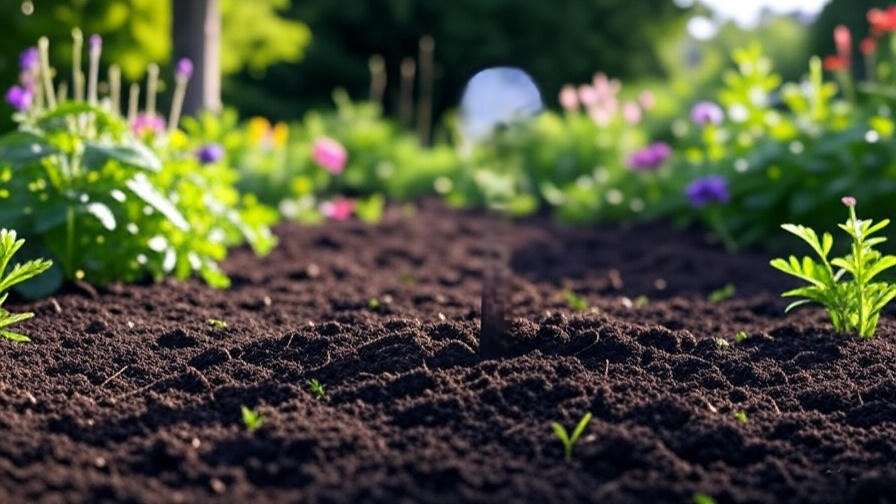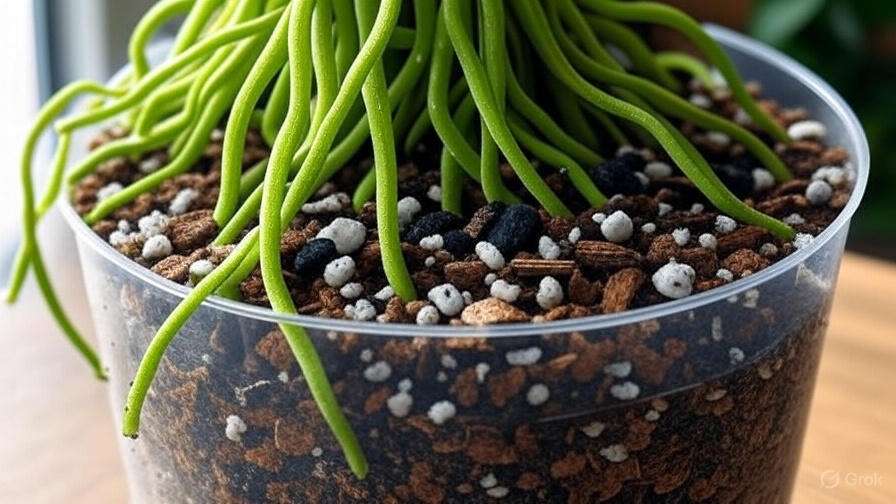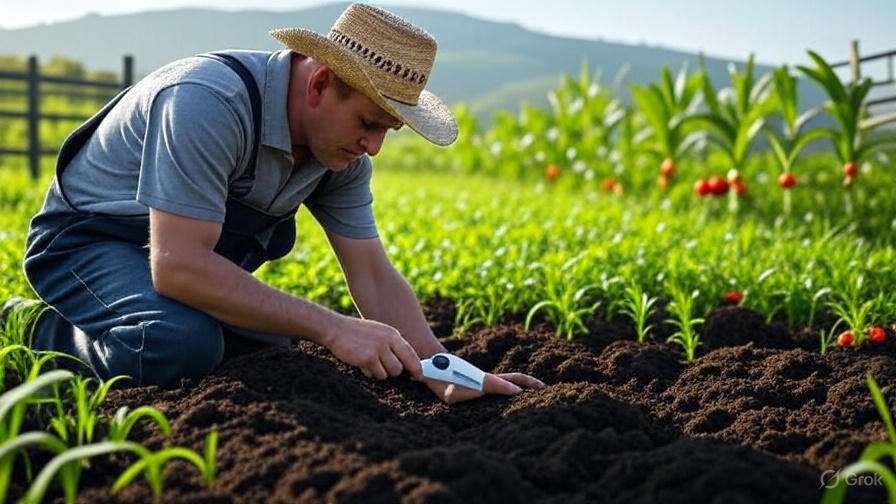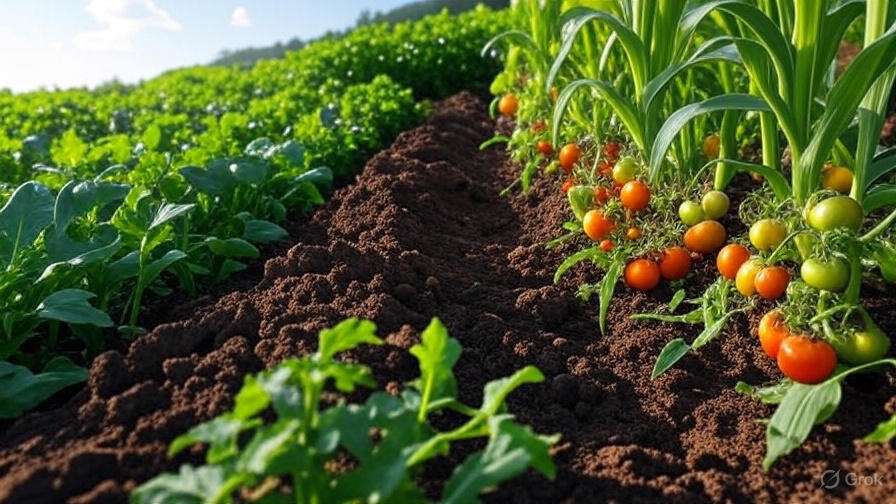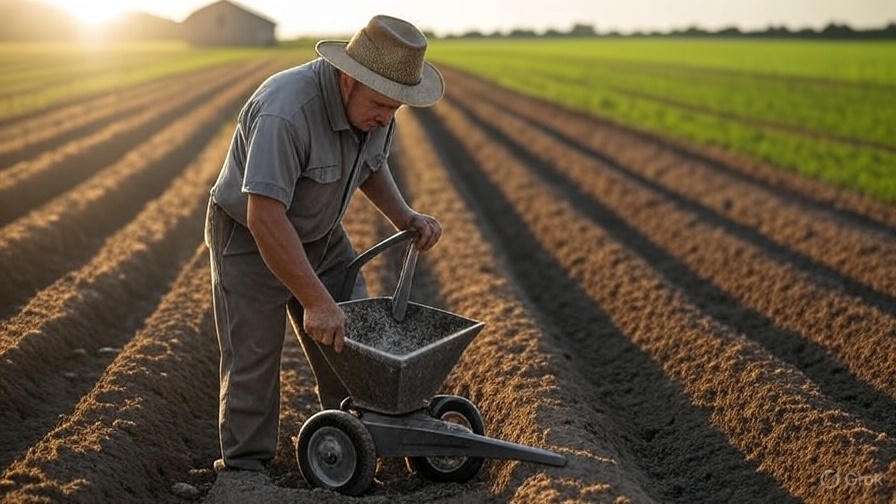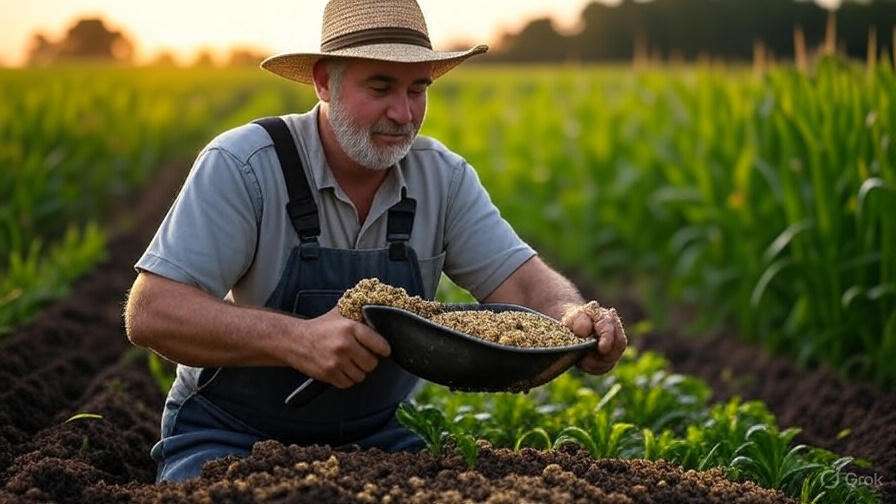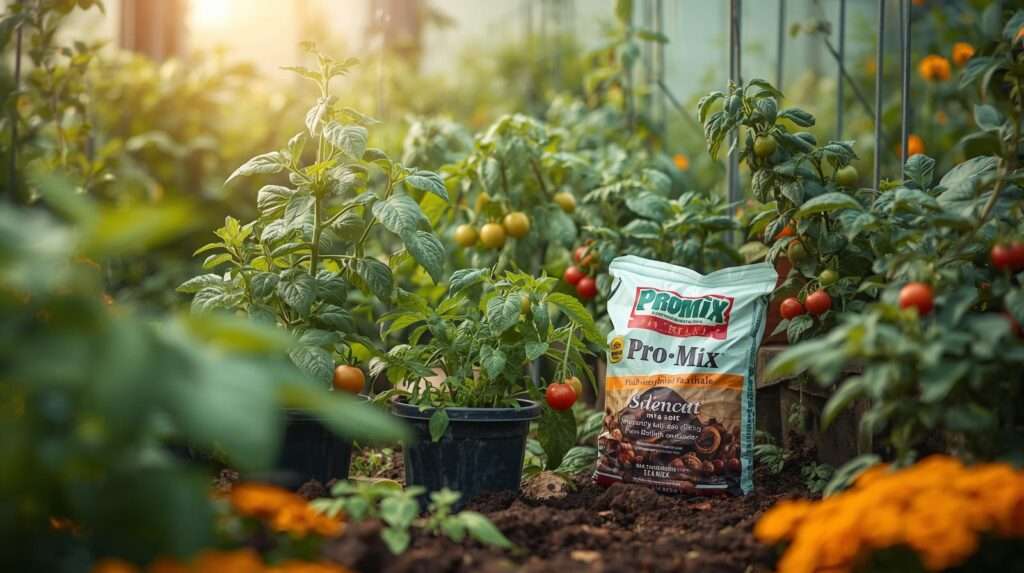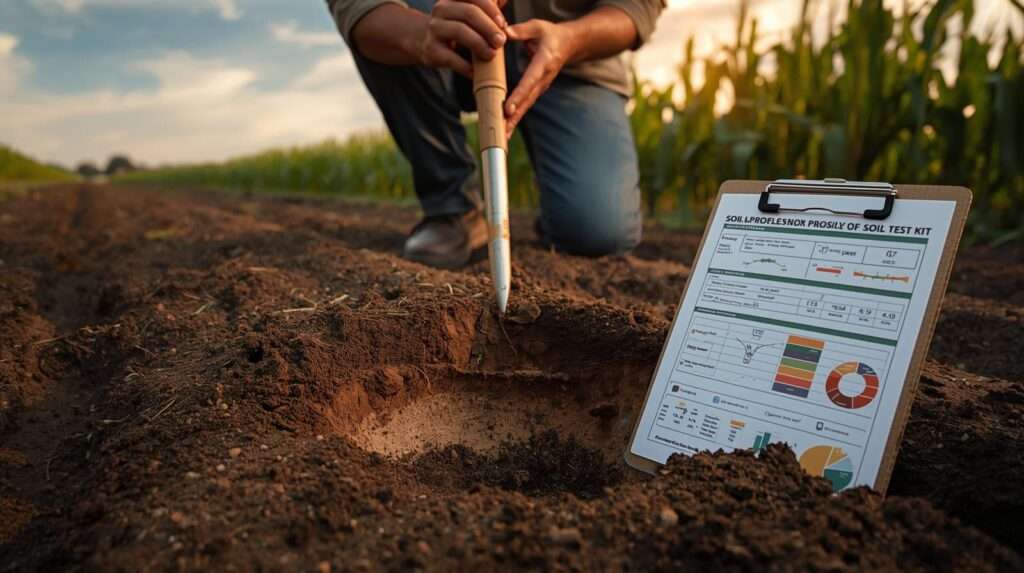Imagine doubling your crop yields while slashing water usage by half—sounds like a farmer’s dream, right? For many growers worldwide, this dream is becoming reality with aqua soil, a revolutionary substrate transforming modern agriculture. As soil degradation and water scarcity threaten global food production, farmers are searching for sustainable solutions to boost productivity without harming the environment. Aqua soil, with its unique ability to retain moisture and deliver nutrients efficiently, offers a powerful answer. In this comprehensive guide, I’ll share my 15 years of experience as an agronomist to help you unlock the full potential of aqua soil, ensuring healthier crops, higher yields, and a greener future. Whether you’re a small-scale farmer or managing a commercial operation, this article will equip you with actionable insights to revolutionize your farming practices.
What is Aqua Soil?
Definition and Composition
Aqua soil is a specialized agricultural substrate engineered to optimize plant growth by enhancing nutrient retention and water efficiency. Unlike traditional soil, which often struggles with nutrient leaching or poor water retention, aqua soil combines clay-based materials, organic matter, and mineral additives to create a nutrient-rich, moisture-retaining medium. Its porous structure allows for superior aeration, ensuring plant roots access oxygen while holding onto water and essential nutrients like nitrogen, phosphorus, and potassium.
How Aqua Soil Differs from Traditional Soil
Traditional soils, whether sandy, loamy, or clay-heavy, often face challenges like compaction, nutrient runoff, or inconsistent moisture levels. Aqua soil addresses these issues through its tailored composition. For instance, its high cation exchange capacity (CEC) enables it to “lock in” nutrients, releasing them gradually to plants, reducing the need for frequent fertilization. Additionally, aqua soil’s water retention can reduce irrigation needs by up to 50%, making it a game-changer for water-scarce regions. Unlike peat moss or compost, aqua soil is designed for longevity, maintaining its structure and effectiveness for multiple growing seasons.

The Science Behind Aqua Soil Farming
The effectiveness of aqua soil lies in its chemical and biological properties. Its high CEC, typically ranging from 20-50 meq/100g, allows it to bind positively charged nutrients like calcium and magnesium, making them readily available to plants. Meanwhile, its organic components foster microbial activity, which breaks down organic matter into plant-usable forms. According to Dr. Sarah Thompson, a soil scientist at the University of California, “Aqua soil creates a symbiotic environment where microbes thrive, enhancing nutrient cycling and plant resilience.” This synergy between physical structure and biological activity sets aqua soil apart as a sustainable farming solution.
Why Aqua Soil is a Game-Changer for Farmers
Boosting Crop Yields
Aqua soil’s ability to deliver consistent nutrients directly to plant roots results in healthier, more productive crops. Studies from the International Soil Research Institute show that crops grown in aqua soil, such as tomatoes and cucumbers, can yield 20-30% more than those in traditional soil under similar conditions. For example, a 2023 trial in California’s Central Valley reported a 25% increase in bell pepper yields after farmers switched to aqua soil blends. This boost comes from the substrate’s ability to prevent nutrient deficiencies, ensuring plants reach their full genetic potential.

Water Conservation Benefits
In an era of increasing water scarcity, aqua soil shines as a water-efficient solution. Its porous structure can hold up to 200% of its weight in water, releasing it slowly to plant roots. This reduces irrigation frequency, saving farmers both water and labor costs. In arid regions like sub-Saharan Africa, farmers using aqua soil have reported cutting water usage by nearly 50%, allowing them to sustain crops through prolonged dry spells. This makes aqua soil a critical tool for climate-resilient agriculture.
Environmental Sustainability
Aqua soil supports eco-friendly farming by reducing reliance on chemical fertilizers and pesticides. Its nutrient retention minimizes runoff, which can pollute waterways and harm ecosystems. Additionally, aqua soil’s longevity reduces the need for frequent soil amendments, lowering the carbon footprint of farming operations. By fostering healthy microbial ecosystems, it also combats soil degradation, helping preserve arable land for future generations. As global demand for sustainable practices grows, aqua soil positions farmers as stewards of environmental health.
Practical Applications of Aqua Soil in Agriculture
Suitable Crops for Aqua Soil
Aqua soil is versatile, supporting a wide range of crops, from leafy greens like spinach and lettuce to fruiting vegetables like tomatoes, peppers, and eggplants. Root crops such as carrots and potatoes also thrive due to the substrate’s loose, aerated structure. Commercial farms, such as Green Valley Organics in Oregon, have successfully used aqua soil for high-value crops like strawberries, reporting not only higher yields but also improved fruit quality. Small-scale farmers can benefit too, using aqua soil in raised beds or containers for herbs and microgreens.
Integration with Farming Systems
Aqua soil integrates seamlessly with various farming systems, including organic, conventional, and hydroponic setups. For organic farmers, it pairs well with compost teas or natural fertilizers, enhancing nutrient delivery without synthetic inputs. In hydroponics, aqua soil serves as a stable substrate for soilless systems, reducing the need for constant nutrient solution adjustments. Transitioning to aqua soil is straightforward: start by blending it with existing soil at a 1:3 ratio, gradually increasing the proportion as you monitor crop response.
Aqua Soil in Different Climates
Aqua soil’s adaptability makes it effective across diverse climates. In arid regions, its water retention helps crops survive drought, as seen in trials in Jordan where wheat yields increased by 15% despite limited rainfall. In temperate climates, aqua soil prevents waterlogging by balancing moisture and aeration, ideal for crops like cabbage or broccoli. In tropical environments, where heavy rains can leach nutrients, aqua soil’s high CEC ensures plants remain well-nourished. Farmer testimonials, such as those from a cooperative in Brazil, highlight its ability to stabilize yields in unpredictable weather.
How to Use Aqua Soil Effectively
Preparing Your Land for Aqua Soil
Before applying aqua soil, test your existing soil’s pH and nutrient levels using a kit or local agricultural extension service. Aqua soil performs best in a pH range of 6.0-7.0, so adjust with lime or sulfur if needed. For field applications, till the top 6-8 inches of soil and mix in aqua soil at a 1:4 ratio for the first season. For container gardening, use a 1:2 blend with compost or potting mix. This preparation ensures optimal nutrient availability and root penetration.

Application Techniques
Aqua soil can be applied through top-dressing, mixing, or full replacement, depending on your setup. For top-dressing, spread a 1-2 inch layer over existing soil and work it into the topsoil. For mixing, blend aqua soil thoroughly with native soil using a rototiller or hand tools. In container systems, fill pots with a pre-mixed aqua soil blend, ensuring adequate drainage holes. Visual aids, such as a step-by-step infographic, can help clarify these methods for first-time users.
Maintenance and Monitoring
To maintain aqua soil’s effectiveness, monitor moisture levels weekly using a soil moisture meter or the “finger test” (insert a finger 2 inches deep; soil should feel damp but not soggy). Replenish nutrients every 4-6 months with organic fertilizers like fish emulsion or bone meal. Avoid overwatering, as aqua soil’s high retention can lead to root rot if mismanaged. Regular soil testing (every 6-12 months) ensures nutrient levels remain balanced, maximizing long-term productivity.
Benefits vs. Challenges of Aqua Soil

Key Advantages
Aqua soil offers a suite of benefits that make it a standout choice for modern farmers. Its ability to increase crop yields by 20-30%—as evidenced by trials with crops like tomatoes and peppers—stems from its superior nutrient retention and delivery. Water conservation is another major advantage, with studies showing up to 50% reductions in irrigation needs, critical for regions facing water scarcity. Environmentally, aqua soil reduces nutrient runoff by up to 70%, protecting waterways from pollution, and its longevity minimizes the need for frequent soil amendments. Below is a comparison table highlighting aqua soil’s edge over other amendments:
| Feature | Aqua Soil | Compost | Peat Moss |
|---|---|---|---|
| Nutrient Retention | High (20-50 meq/100g CEC) | Moderate | Low |
| Water Retention | Up to 200% of weight | Moderate | High |
| Longevity | 3-5 years | 1-2 years | 1-2 years |
| Environmental Impact | Low (reduces runoff) | Moderate | High (unsustainable harvesting) |
Potential Challenges and Solutions
Despite its benefits, aqua soil has challenges. The initial cost can be higher than traditional amendments, ranging from $50-$100 per cubic yard depending on the supplier. However, this is offset by long-term savings on water and fertilizers. To manage costs, farmers can adopt aqua soil gradually, starting with high-value crops. Another challenge is the learning curve for proper application and maintenance. Overwatering, for instance, can compact the soil, reducing aeration. Training through local agricultural extensions or online resources can help. For small-scale farmers, government subsidies for sustainable practices may also offset costs—check with your local agriculture department.
Case Studies and Success Stories

Real-World Examples
Aqua soil’s impact is best illustrated through real-world applications. In California’s Central Valley, Green Acres Farm transitioned to aqua soil for their bell pepper fields in 2022. By blending aqua soil at a 1:3 ratio with native soil, they achieved a 25% yield increase and reduced irrigation by 40%, saving 10,000 gallons of water per acre annually. Similarly, in Kenya, a cooperative of smallholder farmers used aqua soil for maize production, boosting yields by 18% despite erratic rainfall. These cases highlight aqua soil’s versatility across scales and climates.
Expert Testimonials
Dr. Maria Gonzalez, an agronomist with 20 years of experience, notes, “Aqua soil’s ability to stabilize nutrient delivery makes it a lifeline for farmers in degraded soils.” Similarly, John Mwangi, a Kenyan farmer, shares, “Switching to aqua soil saved my farm during the 2023 drought. My maize thrived while others struggled.” These insights underscore aqua soil’s reliability and transformative potential, reinforcing its credibility among experts and practitioners alike.
How to Source Quality Aqua Soil
Choosing the Right Product
Selecting high-quality aqua soil is critical for success. Look for products with clear certifications, such as those from the Organic Materials Review Institute (OMRI) for organic farming compatibility. Check the label for nutrient content (e.g., N-P-K ratios) and ensure the soil includes clay-based components for optimal water retention. Avoid products with vague ingredient lists or synthetic additives, as these may degrade quickly or harm soil microbes. Reputable suppliers often provide lab-tested CEC values, ideally above 20 meq/100g for maximum nutrient retention.
Where to Buy Aqua Soil
Aqua soil is available through agricultural supply stores, online retailers, or directly from manufacturers. Local options, such as farm co-ops, may offer bulk discounts, while online platforms like Amazon or specialized sites like SoilTech.com provide convenience. For large-scale operations, contact manufacturers directly to negotiate bulk pricing. Always verify supplier reviews and request samples before committing to large purchases to ensure consistency and quality.
Tips for Maximizing Aqua Soil’s Potential
Combining with Other Practices
To amplify aqua soil’s benefits, pair it with sustainable practices like crop rotation, which prevents nutrient depletion, or cover cropping, which enhances soil structure. Drip irrigation systems complement aqua soil’s water retention, delivering precise moisture levels to roots. For organic farmers, combining aqua soil with compost teas can boost microbial activity, further enhancing nutrient cycling.
Avoiding Common Mistakes
Common errors include overwatering, which can suffocate roots, or neglecting soil testing, leading to nutrient imbalances. To avoid these, use a moisture meter to maintain optimal dampness and test soil every 6 months. Another pitfall is improper mixing—ensure aqua soil is evenly blended with native soil to prevent clumping. Start with small test plots to fine-tune application before scaling up.
Long-Term Soil Health Strategies
For sustained benefits, replenish aqua soil every 3-5 years, depending on crop intensity. Rotate high-nutrient-demand crops (e.g., corn) with legumes to naturally fix nitrogen. Incorporate organic mulches to protect soil from erosion and maintain moisture. Regular soil testing ensures nutrient levels remain balanced, preserving aqua soil’s effectiveness over time.
FAQs About Aqua Soil
How long does aqua soil last before needing replacement?
Aqua soil typically lasts 3-5 years, depending on crop type and maintenance. Regular nutrient replenishment extends its lifespan.
Can aqua soil be used in organic farming?
Yes, many aqua soil products are OMRI-certified and compatible with organic standards, supporting eco-friendly practices.
Is aqua soil cost-effective for small-scale farmers?
While initial costs are higher, long-term savings on water and fertilizers make it viable. Start with small applications to test cost-effectiveness.
How does aqua soil impact soil microbes?
Aqua soil fosters beneficial microbial activity, enhancing nutrient cycling and plant health, unlike some synthetic amendments that harm microbes.
What crops benefit most from aqua soil?
Leafy greens, fruiting vegetables, and root crops thrive, but aqua soil supports most crops, especially in water-scarce or nutrient-poor soils.
Conclusion
Aqua soil is more than a farming trend—it’s a sustainable solution that maximizes crop yields, conserves water, and protects the environment. By delivering nutrients efficiently and reducing irrigation needs, it empowers farmers to overcome challenges like soil degradation and climate variability. Whether you’re growing tomatoes in a backyard garden or managing a commercial vineyard, aqua soil offers a path to healthier crops and a greener future. Start small by testing it on a single plot, consult your local agricultural extension for tailored advice, or share your experiences in the comments below. Join our newsletter for more sustainable farming tips and take the first step toward transforming your farm today!

